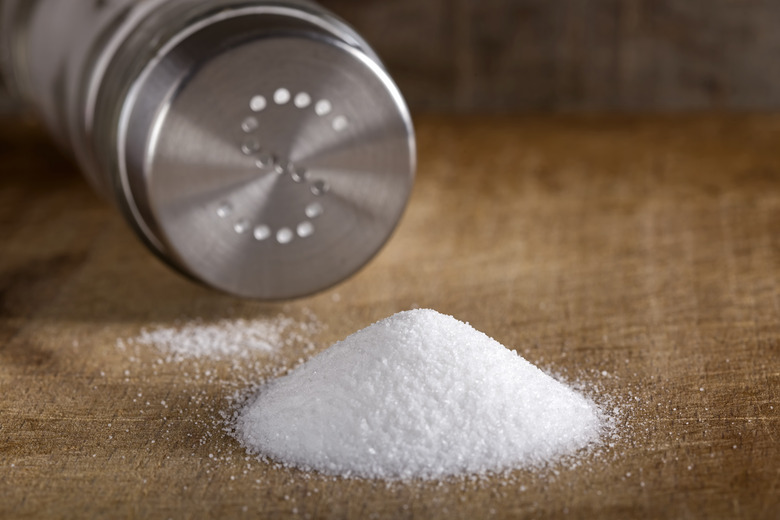Difference Between A Halogen & A Halide
The second-to-last column of the periodic table of the elements belongs to the halogens, a class containing fluorine, chlorine, bromine and iodine. In their halide form, halogens create compounds with other ions.
Halogens
Halogens
Halogens, a series of atomic elements, play roles in many biological and industrial processes. They occupy the second-to-last column of the periodic table: Group 17 when counting the transition metals, Group 7 when counting by valence electrons.
Types
Types
Of all the halogens, fluorine has the lowest atomic number and displays the highest reactivity. Chlorine comes next, followed by bromine and then iodine. Astatine is mostly ignored in chemistry; radioactive and rare, it does not often appear in nature.
Halide Compounds & Alkyl Halides
Halide Compounds & Alkyl Halides
When halogens combine with other elements, the resulting compound is called a halide. For example, a halogen attached to an alkane molecule (a halogen in a bond with a hydrocarbon) is an alkyl halide, also known as a haloalkane.
Halide Ions
Halide Ions
In a less common usage, the word "halide" also refers to a halogen ion. Halogen atoms commonly acquire an extra electron. In chemistry terms, that makes them ions.
Fun Fact
Fun Fact
For an example of halide ions, look no further than table salt. Sodium chloride, NaCl, contains sodium ions and chloride ions. The sodium in table salt has lost one electron, while the chlorine has one too many. This causes them to bond together.
Cite This Article
MLA
Luxton, Eri. "Difference Between A Halogen & A Halide" sciencing.com, https://www.sciencing.com/difference-between-halogen-halide-5650203/. 13 March 2018.
APA
Luxton, Eri. (2018, March 13). Difference Between A Halogen & A Halide. sciencing.com. Retrieved from https://www.sciencing.com/difference-between-halogen-halide-5650203/
Chicago
Luxton, Eri. Difference Between A Halogen & A Halide last modified March 24, 2022. https://www.sciencing.com/difference-between-halogen-halide-5650203/
